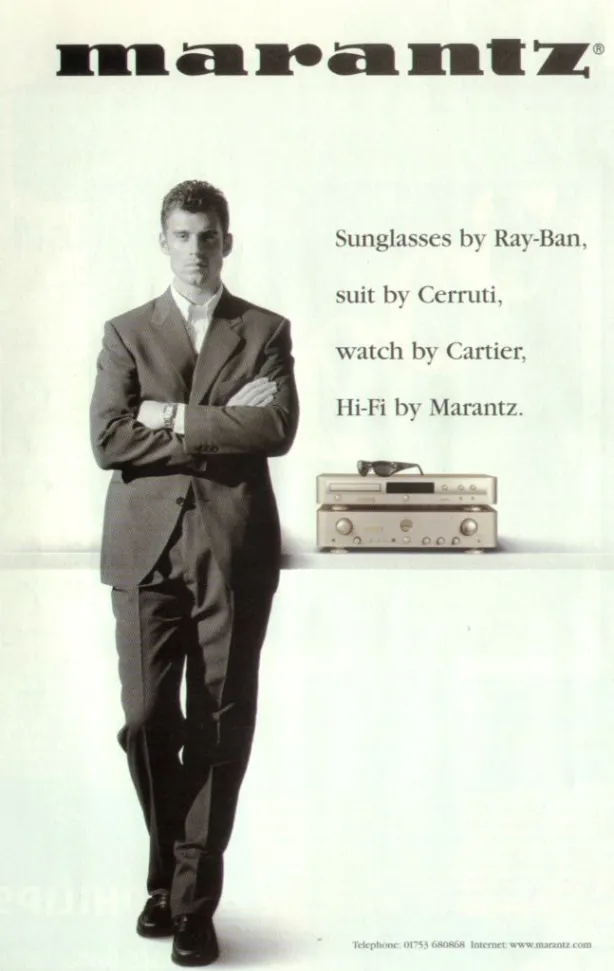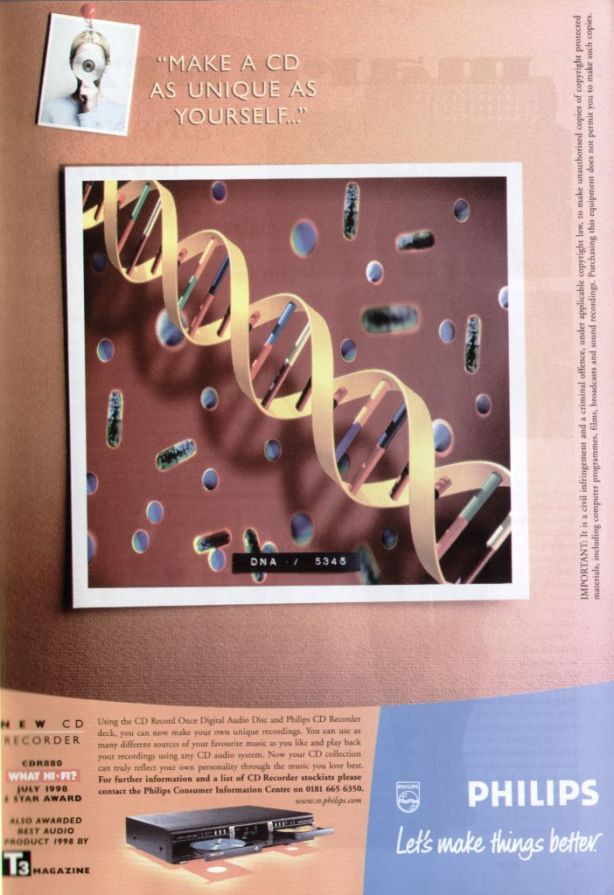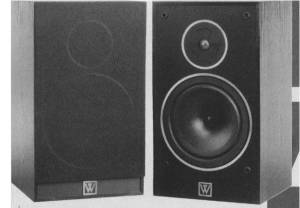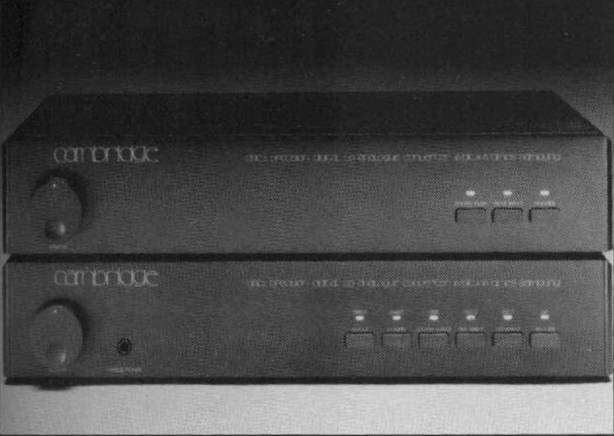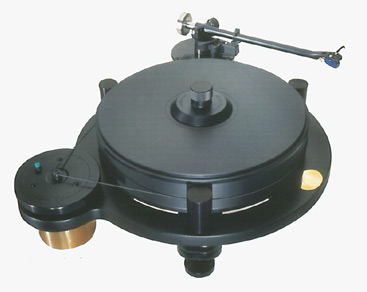Can the creaking machinery of the few remaining record pressing plants cope with demand?
On an industrial estate in Röbel, 90 miles north of Berlin, the vinyl presses at the Optimal factory were grinding and pumping away. They made a percussive racket – regular clunks, wheezes, and hisses, underlain by a droning hum – and created a distinct aroma, sharp and metallic, suggestive of steam engines and old cars: not instantly recognisable to a British visitor like me, perhaps, but the singular smell of things being made. My guide to the Optimal plant was its operations director, Peter Runge. Together, we watched copies of Nick Cave and the Bad Seeds’ Live From KCRW tumble from one of the machines. Across a narrow aisle, a press dedicated to seven-inch records was spitting out copies of The Boy From New York City, a 1964 single by the Ad Libs, a soul group from Bayonne, New Jersey. A few yards away sat fresh stock of Fleetwood Mac’s Rumours. Next to those was a growing pile of the album Clandestine by the Swedish death metal band Entombed, being pressed on purple vinyl. Beside each machine, bins were collecting surplus plastic shorn off the edges of each disc, to be fed back into the production process.
“Instant recycling!” said Runge, who stared at the factory’s operations through rimless glasses. He grew up, he told me, in Rostock, in the old German Democratic Republic. When he was 19, he applied for an ausreiseantrag – an East German exit visa, the same day as the East German premier Erich Honecker visited West Berlin. This modest act of subversion led to an appointment with the Stasi, and he was barred from going to university. So he got a job in the university’s workshop, helping to build electronic prototypes, where he gained a practical understanding of engineering. When the Berlin Wall fell, two years later, he belatedly became an undergraduate at the same institution, and eventually earned a PhD in industrial maintenance. He joined Optimal Media in 1997, was put in charge of “process optimisation and re-engineering” and given the job of setting up a production planning system. Now 46, he oversees the manufacture of DVDs, CDs and books, but the task in which he takes the most pleasure is supervising the production of vinyl records, in what he and his colleagues claim is Europe’s biggest pressing plant. Their clients are split between the major record companies – who have trusted Optimal with the work of such titans as the Beatles, Pink Floyd, Led Zeppelin and David Bowie – and the independent companies who kept the vinyl format alive through the 1990s and early 2000s while the rest of a terrified music industry embraced digital technology. Optimal’s machines run 24 hours day, for most of the year, and production capacity has to be booked up to a year in advance. And every hiss and wheeze of the company’s machines attests to a story that, 20 or so years ago, would have seemed unthinkable: the renaissance of the vinyl record.
In the first half of 2014, officially registered sales of vinyl in the US stood at around 4m, confirming an increase of more than 40% compared to the same period in 2013. In the UK, this year’s accredited sales will come in at around 1.2m, more than 50% up on last year. That may represent a tiny fraction of the industry’s estimated sales of recorded music, but still, a means of listening to music essentially invented in the 19th century and long since presumed to be dead is growing at speed, and the presses at Optimal – along with similar facilities smattered across the UK, mainland Europe, the US and beyond – are set to grind and pump on, into the future.
“Isn’t it strange?” Runge mused. “I’m an automation engineer. I never thought I’d be dealing with vinyl. It’s unexpected. But it’s also unexpectable.” He shouted this over the din of the machinery. Each press sat in a space not much more than four metres square. Two circular paper labels were mechanically plucked from one end, while tiny vinyl pellets were sucked into a steam-driven heating process. The result was a hunk of plastic with the circumference of a beer mat, heated to 130C, to which the labels were attached, while 50 tonnes of hydraulic pressure squashed and spread it into a disc. Metal stampers pressed against either side, and it was quickly cooled to 40C. With another clunk, the finished product was dropped on to a spindle, ready to be inserted in its sleeve. The whole cycle had taken 27 seconds. Each day, the factory makes somewhere between 50,000 and 55,000 records.
http://www.theguardian.com/music/2015/jan/07/-sp-vinyls-difficult-comeback

